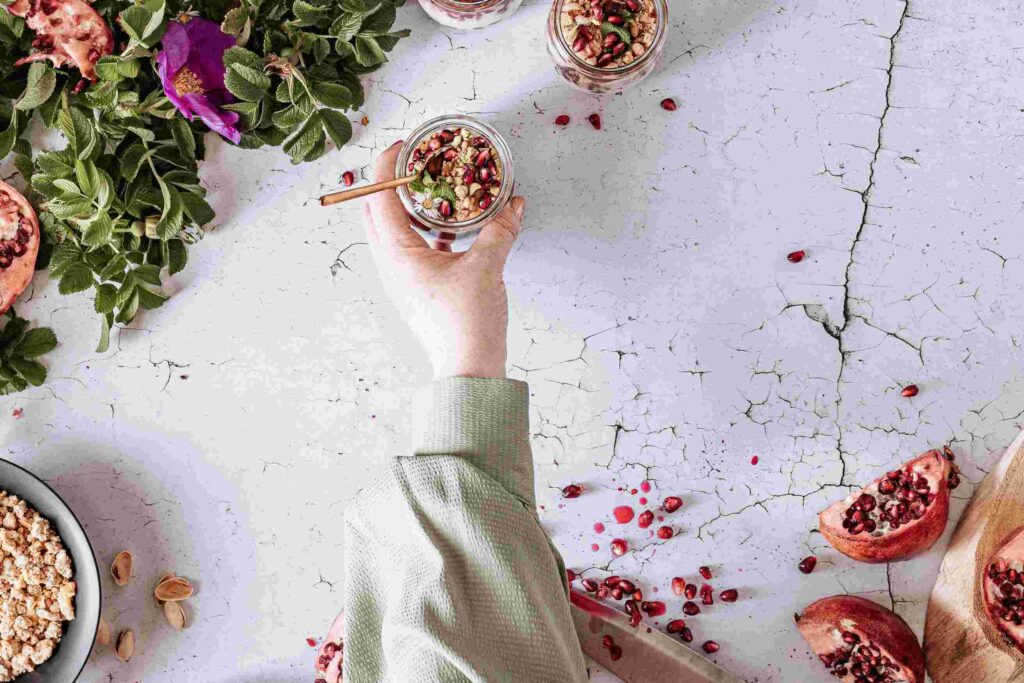Food bloggers and influencers are important in the culinary world, shaping trends and preferences. They also change the way we interact with food. Brands in the food and beverage industry see the value of working with these influencers to reach more people and build credibility. Building strong relationships with food bloggers and influencers can greatly impact brand visibility, engagement, and success.
5WPR Insights
Authentic alignment
The foundation of successful partnerships lies in genuine alignment. Brands should identify food bloggers and influencers whose values, content, and audience align with their products and messaging. For instance, a health-conscious brand should collaborate with influencers who promote wellness and nutritious eating. Authenticity ensures that the partnership feels natural and resonates with both the influencer’s followers and the brand’s target audience.
Personalized outreach
When approaching food bloggers and influencers, take the time to understand their content styles and preferences. Tailor the outreach messages to show that the company has done its research and appreciates their work. Personalization demonstrates that the brand is genuinely interested in collaboration rather than engaging in a generic mass outreach.
Mutual benefit
Successful partnerships are mutually beneficial. Food bloggers and influencers are more likely to engage with brands that offer value beyond just product promotion. Collaborate on ideas that provide content that’s valuable to the audiences of both parties. This could include exclusive recipes, behind-the-scenes access, or unique insights into the brand’s story.
Transparency and open communication
Open communication is key to fostering trust and building a strong partnership. Clearly outline expectations, deliverables, and compensation up front. Discuss the scope of the collaboration, whether it’s a one-time campaign, a series of posts, or a long-term partnership. Transparency ensures that both parties are on the same page and can work together seamlessly.
Creative freedom
Allow food influencers creative freedom within the collaboration. They know their audience best and understand what type of content resonates with them. Provide a clear brand brief and guidelines, but also give influencers the flexibility to create content that aligns with their style and maintains their authenticity.
Quality over quantity
Choosing the right food influencers for a brand doesn’t necessarily mean selecting those with the highest follower counts. Look for influencers with engaged audiences and a track record of producing high-quality, relatable content. Quality engagement is more valuable than sheer numbers when it comes to influencing purchasing decisions.
Long-term relationships
While one-off collaborations can be beneficial, building long-term relationships with food bloggers and influencers has greater potential. Long-term partnerships allow for deeper integration of the brand into the influencer’s content, fostering greater credibility and trust among their followers.
Social media takeover and guest posts
Collaborate on social media takeovers or guest. This allows the influencer to share their perspective on the brand’s platforms, introducing their audience to the products in an authentic way. It also adds a fresh perspective to the content.
In-person experiences
Consider inviting food influencers to experience the brand firsthand. Host events, workshops, or tastings where they can interact with the products and learn about a brand’s story. These experiences create memorable moments and authentic connections.
Recognizing and appreciating
Show appreciation for the influencer’s efforts and the value they bring to a brand. Share their content, engage with their posts, and acknowledge their contribution. A simple thank-you note can go a long way in fostering a positive relationship.
Measure and evaluate
After a collaboration, measure the success of the partnership. Evaluate metrics such as engagement, reach, click-through rates, and conversions. This data can help brands refine their influencer marketing strategy for future collaborations.
Staying engaged
Maintain ongoing engagement with food influencers even after a campaign ends. Keep them updated about new product launches, initiatives, and events. Consistent communication keeps the relationship alive and encourages potential future collaborations.
Discover more articles from Ronn Torossian:
Ronn Torossian on LinkedIn
Ronn Torossian on DMNews
Ronn Torossian on Forbes
Ronn Torossian on Facebook

More PR Insights
How To Get Media Coverage For Products Without A Wow Factor
What B2B Brands Can Learn from B2C Experiential PR
How to Create a Microsite-First PR Campaign That Engages